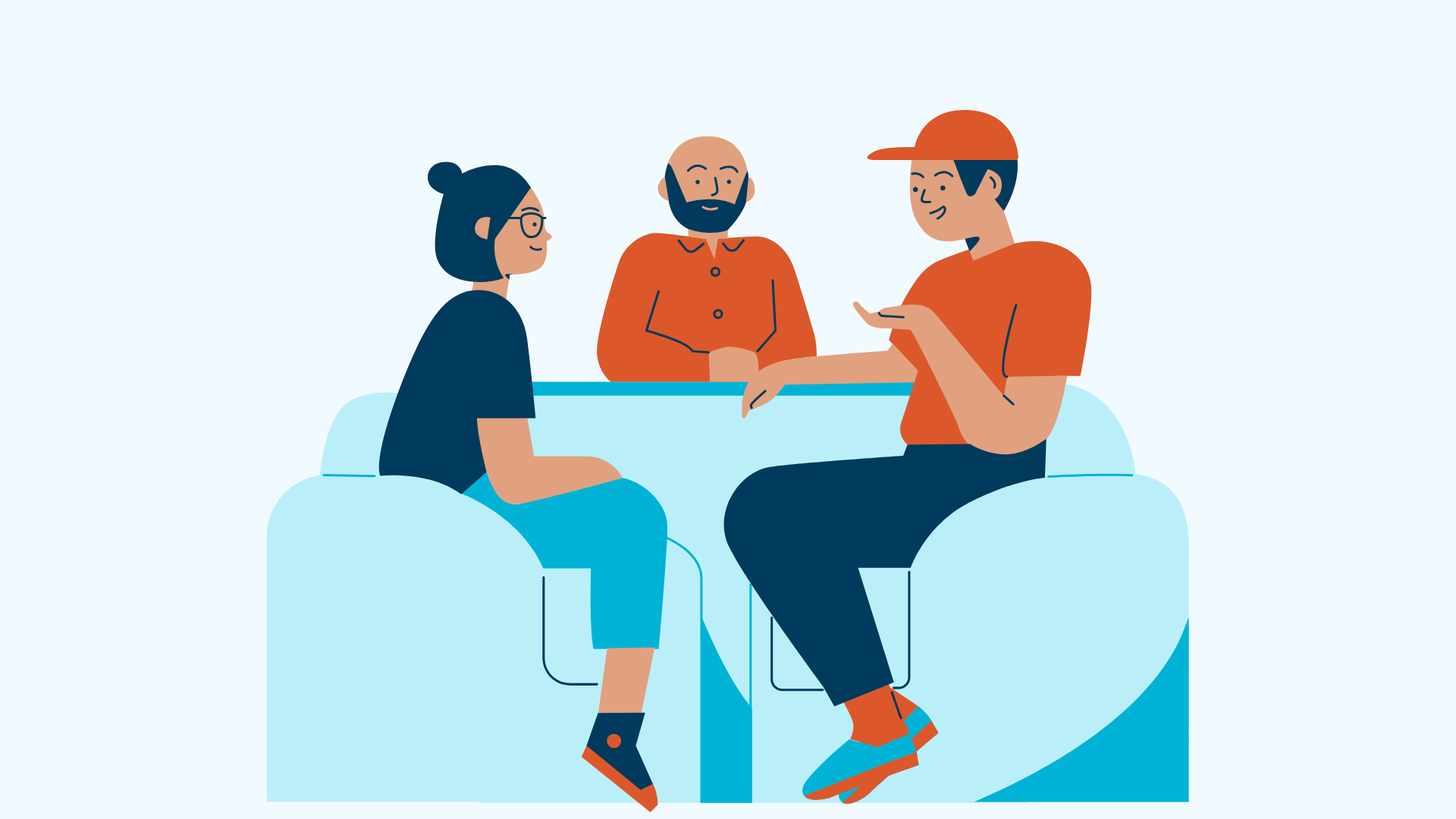Disclosure Protocol
On this page:
Learn more:
What if a patient or caregiver discloses relationship abuse?
Will disclosure happen?
With ETHR, there is no screening. However, because you have introduced the topic of relationship abuse and identified the clinic as a safe space, adolescents may choose tell you about their experiences.
If a patient discloses ARA, the first step is to listen, provide words of affirmation (“thank you for trusting me with your story”), and let them know they are not alone.
Supporting patients who disclose
Supporting young patients who share that they are in an unhealthy relationship can be difficult, especially if they don’t want to involve their caregivers. Above all, before the end of the visit, it’s important to make sure your patient has a plan.
Depending on the situation, this plan could involve:
Identifying a trusted adult with whom they can talk about their situation
Providing a helpline the patient can reach out to if they feel unsafe or want to speak with a trained advocate.
Providing information on how to create an at-home Safety Plan. If you feel comfortable doing so, you can assist your patient in developing an at-home safety plan that addresses both physical safety and mental health.
Providing a warm handoff, or warm referral, to a local organization that can better address your patient’s needs. For this project, we have a direct connection with the Women’s Center & Shelter of Greater Pittsburgh and Rose Brooks in Kansas City. See the warm referrals page for how to connect your patients with a trusted advocate.
In severe cases, you may need to file a mandated report. See the mandated reporting page to find your local reporting hotline.
Responding to Disclosures
Supporting Families
Safety planning with patients
If you feel comfortable doing so, you can assist your patient in developing an at-home safety plan that addresses both physical safety and mental health.
Physical Safety
Do they have a location other than their home they can go to if they feel unsafe? Preferably a friend or relative their partner wouldn’t look for.
Does their partner have access to their location on find my friends or snapchat?
Is there a codeword they can use with friends or family to discreetly let them know they’re uncomfortable or unsafe?
Do they know their local crisis hotline numbers for emergencies? Sometimes it’s helpful to add those numbers to their contacts.
Does their partner have access to any of their social media accounts or passwords?
Mental Health
Do they have at least 1 trusted adult who knows about their relationship? Do they have friends who know about their relationship?
Do they have at least 1 space where they can feel relaxed and be wholly themselves?
Do they know when their body is in distress? Do they know how to cope with distress? Have them list things or activities that they know are calming to use in times of crisis.
Read more: Emotional Safety Planning (The National DV Hotline)
Ready to learn more? Check out these disclosure examples
Disclosure Scripts
Example scripts that demonstrate strength-based approaches to adolescent and caregiver disclosures.
Disclosure Case Training
Interactive, multiple-choice case-based training for how we would recommend responding to adolescent and caregiver disclosure.



